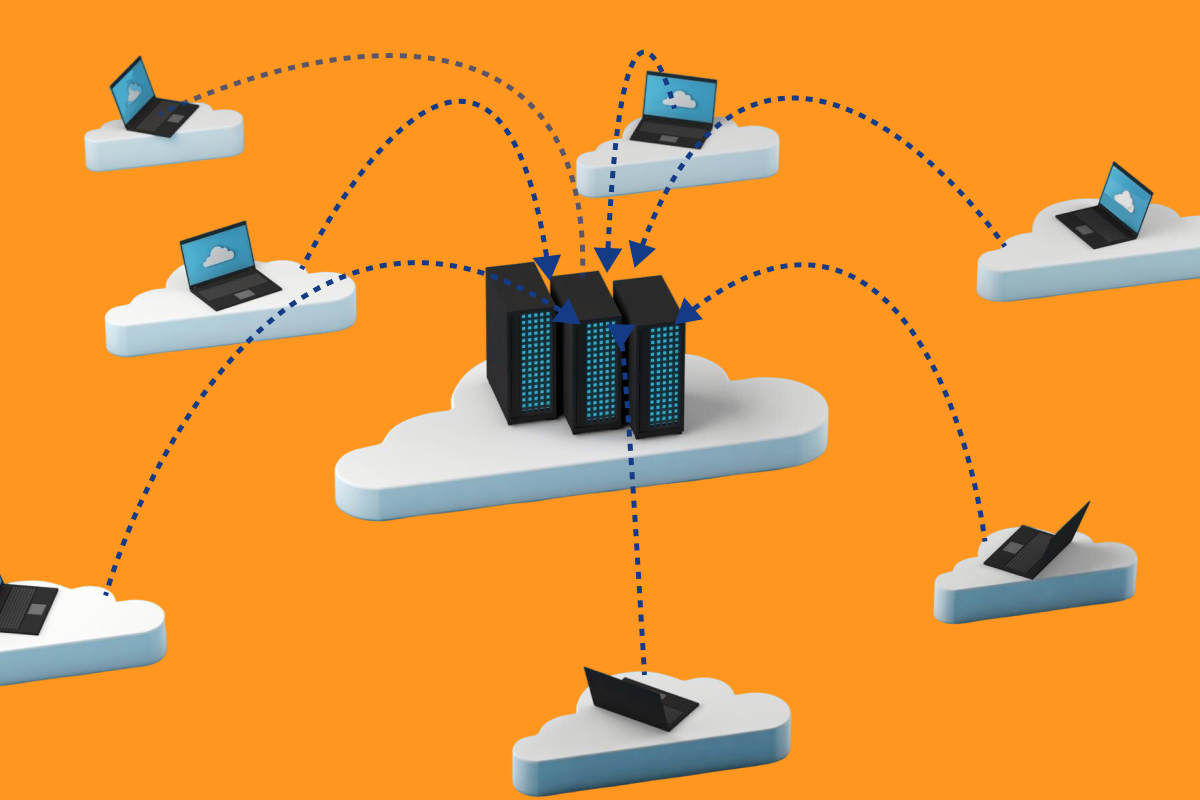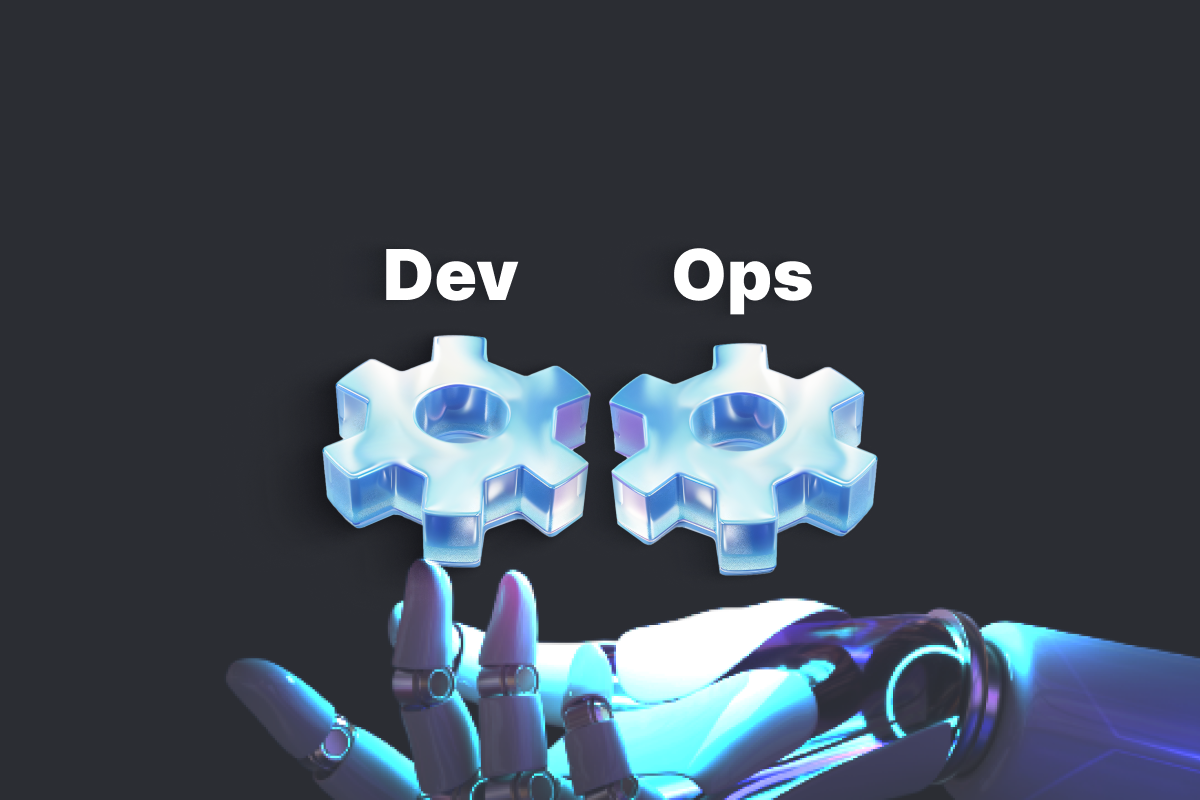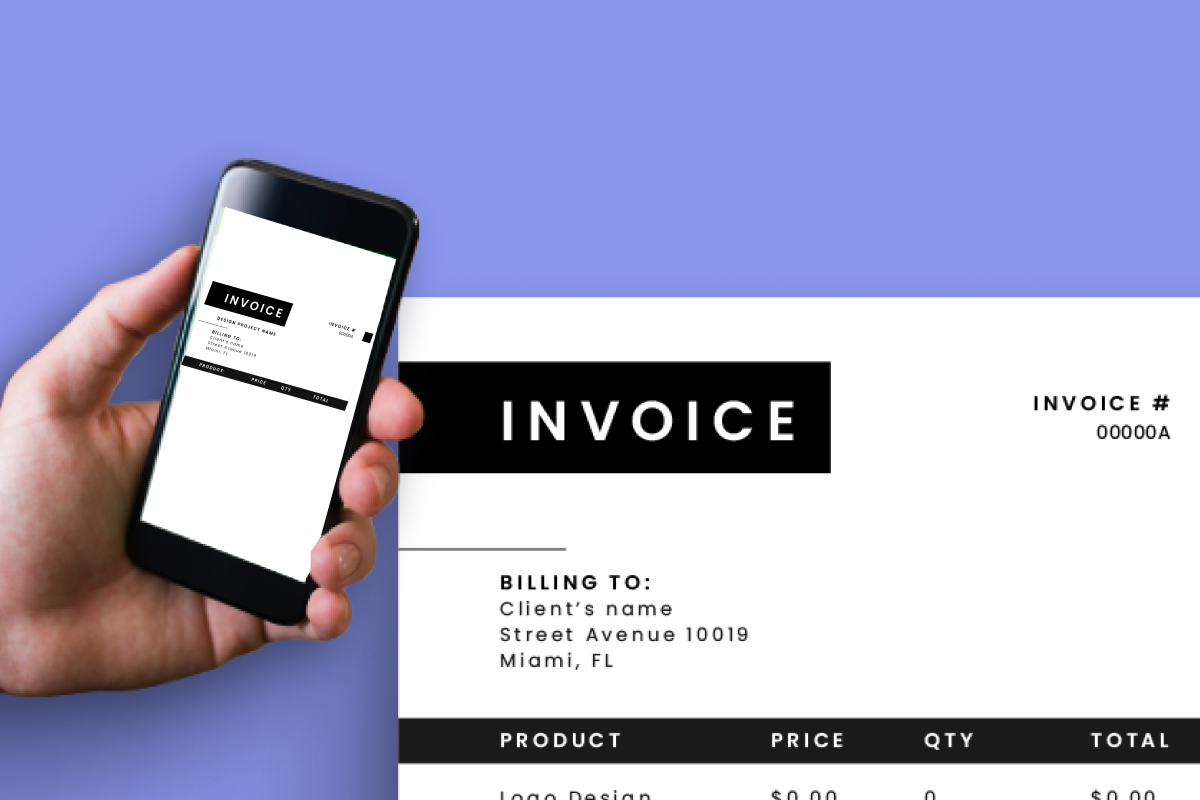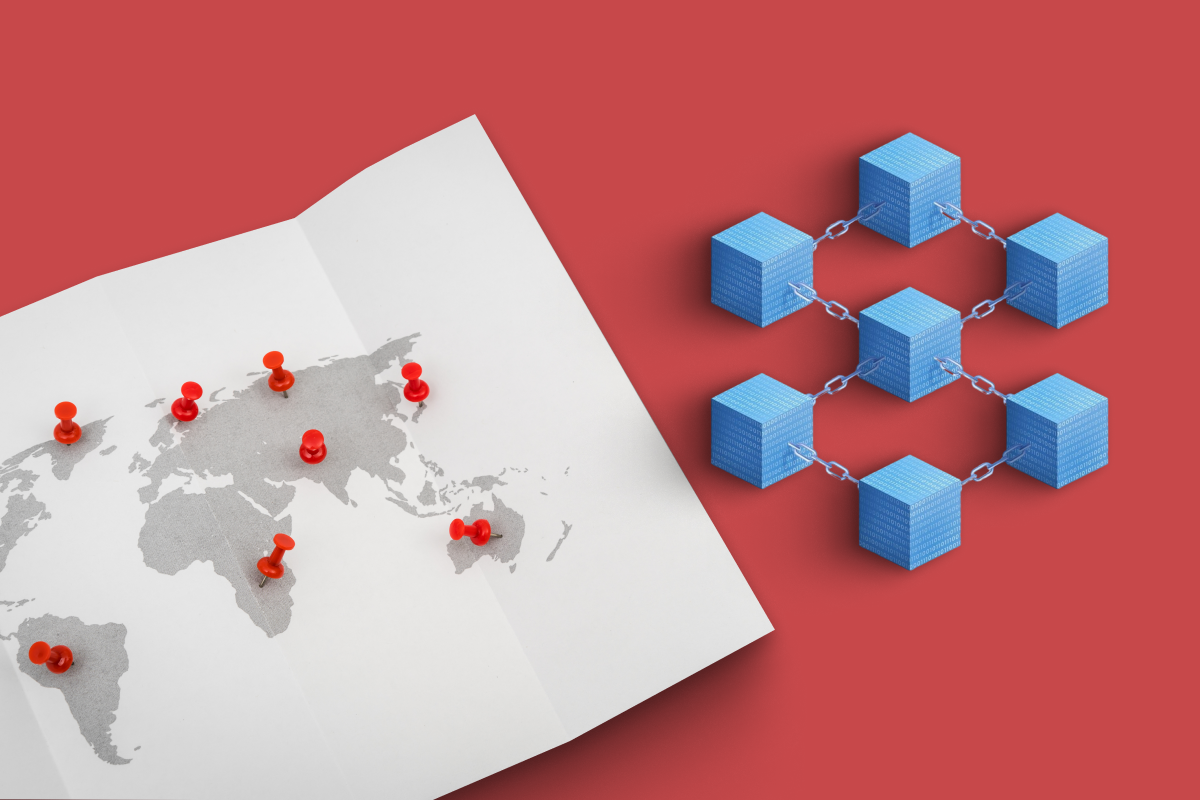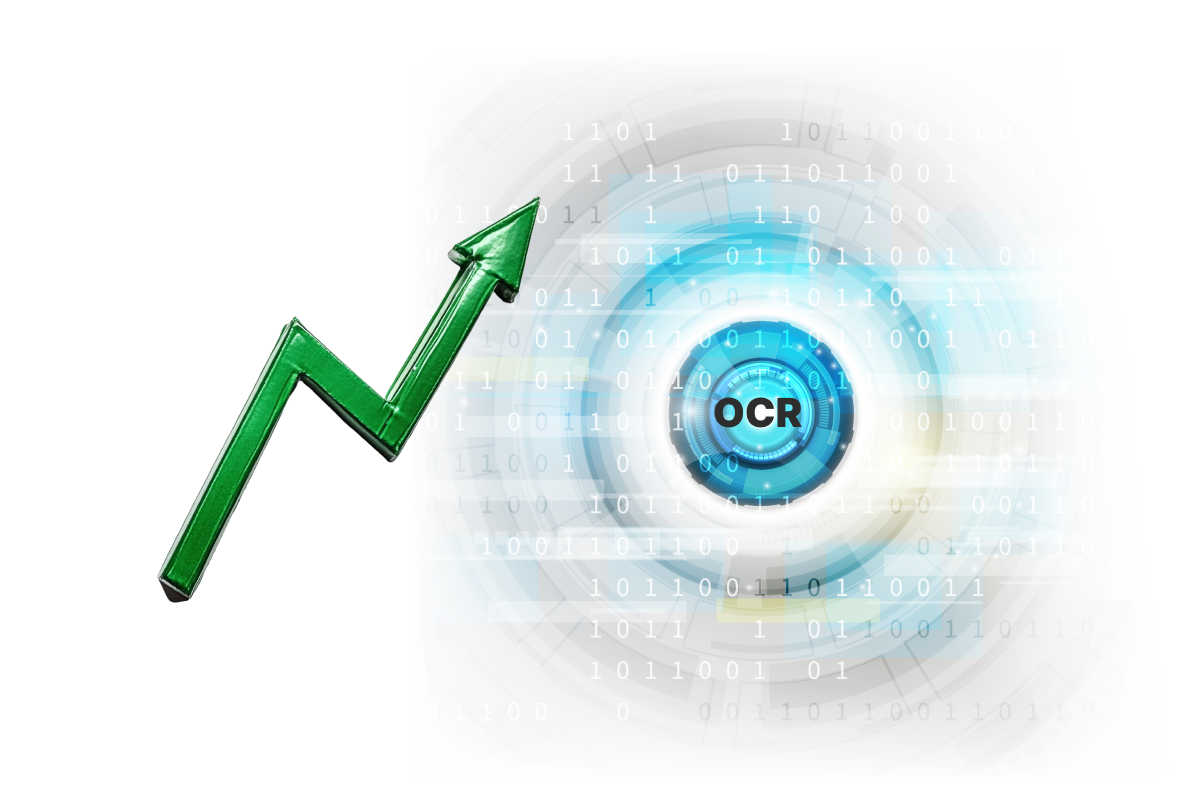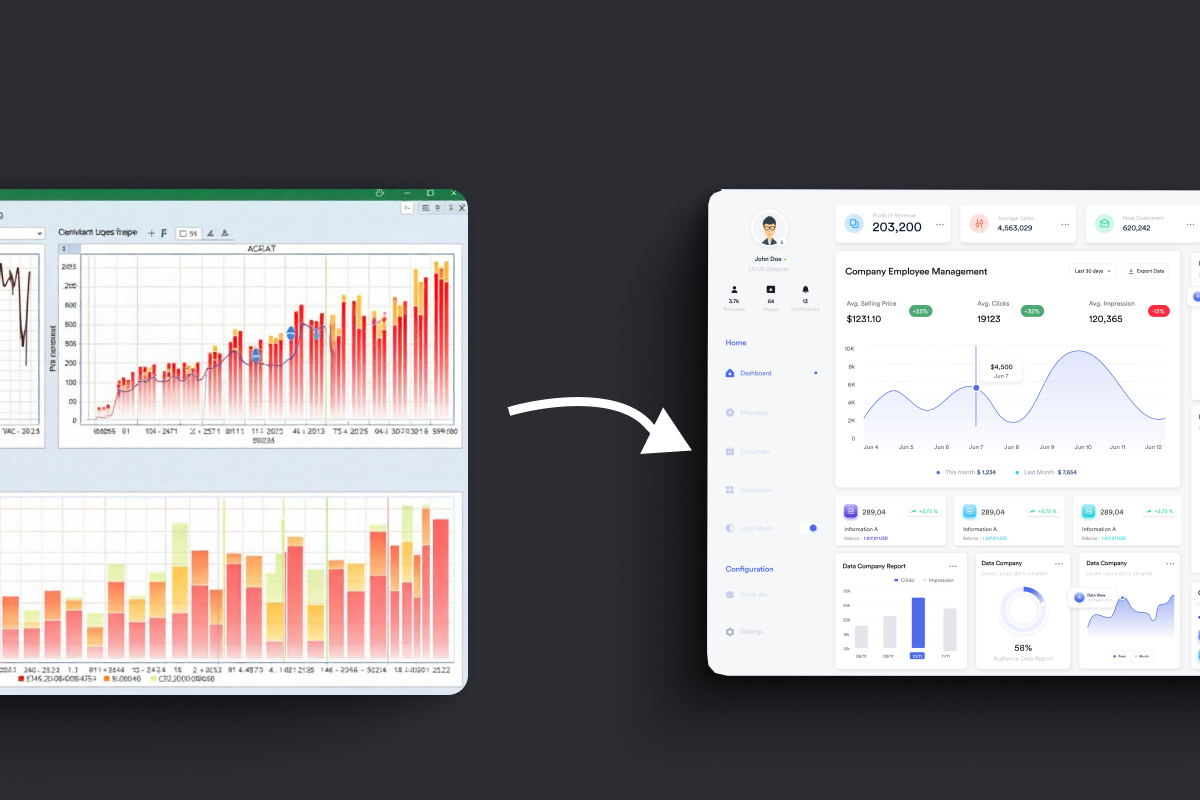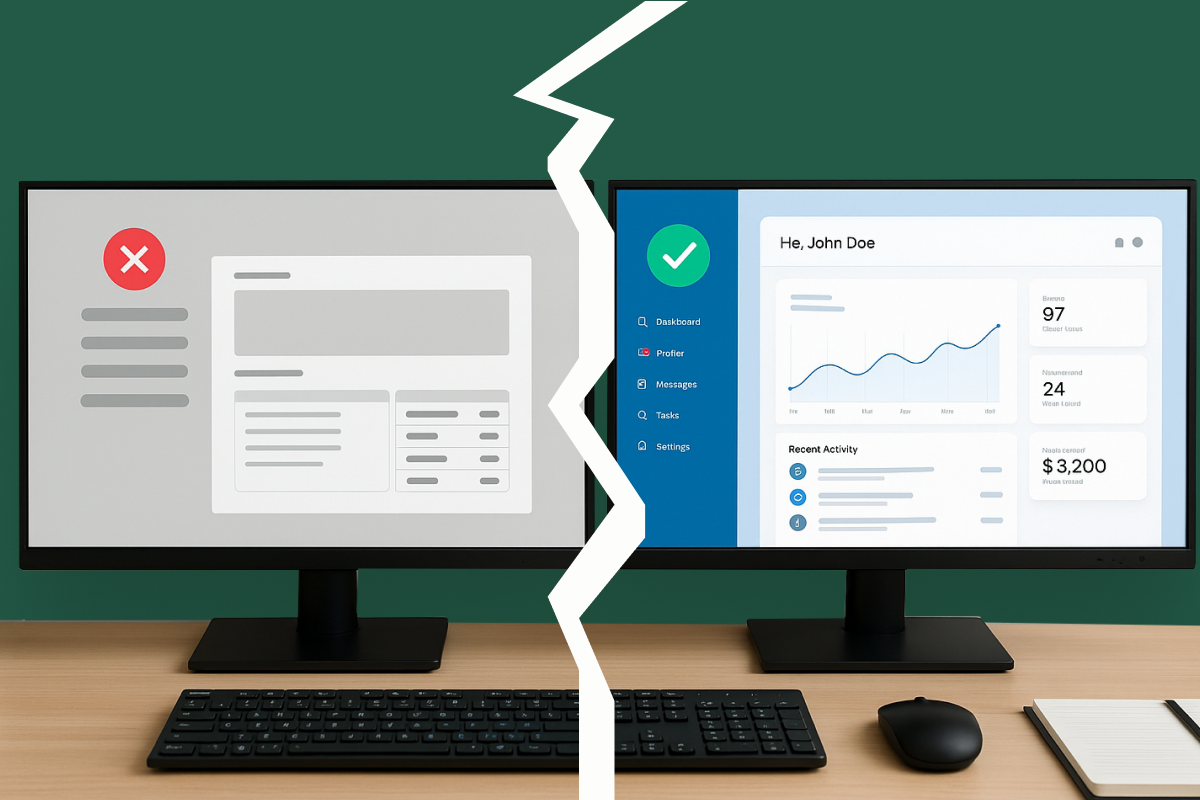The trillion-dollar technology sector is booming, and is expected to grow by 4.6% in 2019. Despite the positive outlook for the market share growth, the tech industry is facing a huge shortage of talent worldwide. For instance, the US Bureau of Labor Statistics reports that the unemployment rate in the professional, scientific, and technical service sector has reached 2.4%. Given this tech talent gap, the pressing issue arises – Where to find the most experienced developers? Global economy gives you a number of options to choose from. Today, we’re talking about offshore development, when your team is miles and miles away, but still delivers great results.
This article would be useful for anyone who considers offshore development as an option for their business. We will guide you through the main offshore regions and focus on the costs of software development in these specific regions.
Offshore Development: Where To Find The Perfect Experts
The word “offshore” is a trendy term nowadays, but do you actually realize what it means? Offshore development team is located outside the client’s head office, usually across the ocean and many time zones away. The offshore development company usually acts as a contractor.
Businesses also consider onshore or nearshore development. For example, a company from the US cooperates with a team in the same state – onshore services. It can be important for the US client to work in the same time zone with a contractor, but not necessarily in the same state. In this case, countries of Latin America may also be a good fit. These are nearshore services.
Now, when the difference is clear, let’s figure out which offshore regions we’re going to discuss today:
- Eastern Europe
- Central Asia
- East and South Asia
As you can imagine, it is a huge part of our planet, and thus, IT hourly rates differ from country to country. What would make a US business owner reach out for a team that works at the other end of the world? Obviously, it allows the company to significantly reduce costs for job rates and taxes.
Roles On The Project: Who Gets The Highest Rates
Successful software projects are not only about perfect coding. There are more professionals helping you to enter the final development stage. Before we list specific hourly rates of each team member, let’s get to know the project roles better.
Business Analyst
Usually, projects have business and technical specifications, and business analysts work with both aspects. It is crucial to deliver every detail of technical requirements to the development team to avoid risks. Besides, at the final stage analysts are those people who check whether deliverables match initial requirements or not.
Project Manager
The main task of these experts is to follow the product development lifecycle closely, plan its roadmap, and control whether the milestones are achieved. Project managers work alongside the team every day and sometimes even 24/7 to make sure the development process runs smoothly. You will communicate with managers regularly if you’re going to control the team on your own.
Architect
Architects build the project from scratch, designing its data structure and main functionality. This creative process sets the pace and standards for further development stages. Architects decide which tools are to be used, and for what purposes. It saves the development team from making mistakes and delivering inaccurate solutions. Usually, architects have the same rates per hour as the senior software developer.
Designer
Designers are those people who make your product personalized and easily recognizable. Professional experts consider every step that your potential customer takes while interacting with the product and make this step comfortable.
Software Engineer
While programmers are in charge of creating code for your solution, software engineers are the experts who technically maintain the application at every stage of its development. The set of their skills include programming, analyzing data, software testing, solution development, etc.
QA Engineer
Quality Assurance engineers test software for bugs and offer solutions for their removal. QA engineers also have their testing plans to make sure the errors are fixed in time.
How Much Does Software Development Cost In The Offshore Regions
Even though Eastern Europe and Asia are the furthest regions from the US, outsourcing rates here might be 2-3 times lower than onshore. There are companies across these regions that sell for the rates close to onsite though, so it makes sense to do accurate market research first. Still, these areas are very tempting for company owners, and here’s everything you need to know about them.
We provide you typical offshore software development rates in the US to compare them with the rates in different countries.
The typical rates in the US:
- Business Analyst: $110 – $205
- Project Manager: $135 – $235
- Software Architect: $200 – $300
- Designer: $80 – $165
- Jr. Developer: $105 – $110
- Middle Developer: $130 – $140
- Sr. Developer: $155 – $165
- Jr. QA: $75 – $80
- Middle QA: $100 – $105
- Sr. QA: $145 – $170
Central Asia: India, Indonesia, The Philippines
If you’ve ever come across articles about outsourcing in India, you probably know how low the average IT hourly rate here is. Central Asia is the “cheapest” area for development services. But you should be very careful when choosing a contractor here. Thoroughly check references and portfolios because it’s easy to get a product full of nasty bugs.
Also, Asia is too far from the US, both mentally and geographically. Some of the cultural nuances take time to understand, which makes the onboarding process rather challenging. And when it’s morning in your country, your team is close to the end of their working day.
Usually, the most common issue with Asian developers is miscommunication. Although the team seems willing to take on projects, the inefficient communication chain and the lack of feedback lead in longer completion times and missed deadlines. Thus, before outsourcing your development tasks to the Asian contractor, make sure you can carefully control the project execution.
Offshore billing rates India:
- Business Analyst: $30 – $40
- Project Manager: $35 – $50
- Software Architect: $35 – $50
- Designer: $25 – $35
- Jr. Developer: $20 – $25
- Middle Developer: $25 – $35
- Sr. Developer: $30 – $40
- Jr. QA: $15 – $25
- Middle QA: $20 – $30
- Sr. QA: $25 – $35
East And South Asia: China, Japan, Malaysia, Vietnam
These countries are situated close to each other, but their economic growth differs dramatically. Don’t expect to find a similar outsourcing price list in, for example, Japan and Vietnam. Developers in China and Japan earn around $50-$100 per hour (or even higher in China), so there’s no reason for offshore outsourcing here.
At the same time, Malaysia and Vietnam are standing right between cheap Indian services and costly Chinese expertise. Although there are a lot of companies from the USA and Europe (mainly the UK) that work with Malaysian and Vietnamese contractors, low English proficiency among developers might still become a deal breaker. In general, East and South Asia is not the best option for software development outsourcing, and you should probably consider outsourcing to India or Eastern Europe.
4 Factors That Influence Software Outsourcing Rates
Why do the rates differ so much? This is a common question that the clients ask when looking for their ‘dream team’. Once you consider these factors, nothing will come as a surprise upon contract signing.
1. Geographical Location
That’s the most obvious one, but still worth mentioning. The basic reason for hourly rates to rise is a developing economy of the country where the team is located. So there’s no wonder that in the US, Western Europe, and China programmers earn the highest salary.
2. The Team’s Experience
The longer the developers work in space, the faster they cope with complex flows and project requirements. You get a clean code and smooth working processes, that’s why the seniority level plays one of the major roles. Big projects often require junior and middle/senior developers to work together, so the final price appears to be a mix of different rates.
3. Tech Stack
The technological stack is a combination of tools, frameworks, and libraries used for the project. You might be interested in the latest tech trends or advanced instruments that have a direct impact on the IT development costs. If, for example, you’re going to work with a senior developer with a rare expertise, be ready to pay more for the final solution.
4. Number of Experts
The more specialists you need for the project, the more you’ll have to pay. Sometimes, it’s essential. Let’s say, you don’t have much time to finish a product, so you need more developers who will work on the project simultaneously.
Balance Between Price And Quality
Now that we’ve revealed our research findings on software development pricing, you have both the job rates across the regions and factors influencing them. Offshore development is definitely the right choice for those who look for a balance between cost-efficiency and high-quality outcomes.
However, success in offshore collaboration depends not only on choosing the cheapest rate — but also on selecting the right partner. Invest time in due diligence: evaluate portfolios, interview candidates, clarify communication practices, and agree on expectations from day one.
If managed wisely, offshore development can bring immense value to your business. You get access to a global talent pool, reduce time-to-market, and maintain your budget — all while getting quality software that drives real business growth.
Whether you're a startup seeking to scale quickly or an enterprise optimizing resources, offshore software development offers a flexible, powerful way to meet your tech needs in a fast-changing digital world.
Looking to balance quality and cost in your next tech project? Let’s build something great together — reach out and start your offshore journey today!








